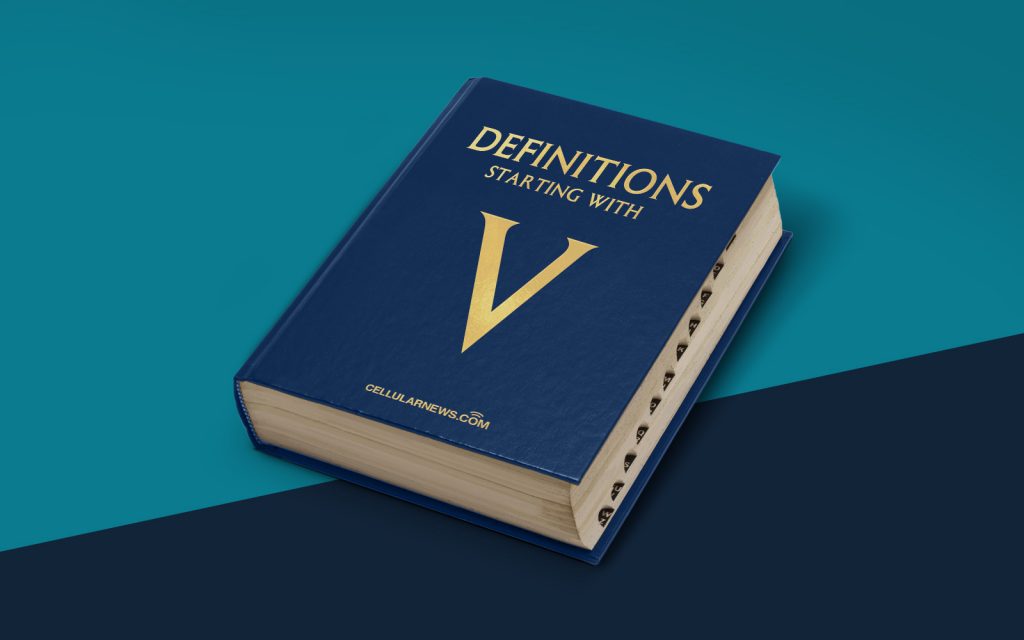
What is a Variable Bit Rate (VBR)?
Are you confused by technical jargon related to audio and video? Fear not! In this article, we’ll demystify one concept that often comes up when dealing with multimedia files – the Variable Bit Rate (VBR). So, if you’ve ever wondered what VBR means or how it affects your audio and video experience, you’ve come to the right place!
Key Takeaways:
- A Variable Bit Rate (VBR) adjusts the amount of data used to encode audio or video based on the complexity of the content.
- VBR can help maintain better audio and video quality while keeping file sizes smaller compared to a constant bit rate (CBR).
Imagine you have two files, one containing a simple audio or video clip and another with a complex and action-packed sequence. Now, if you were to encode both files using a Constant Bit Rate (CBR), the same amount of data would be allocated per second, regardless of the content’s complexity. This can result in wasted data for simpler files or reduced quality for complex files.
Variable Bit Rate (VBR) comes to the rescue by adjusting the bit rate on the fly, depending on the complexity of the audio or video being encoded. Here’s how it works:
- During quiet or uncomplicated segments, VBR allocates fewer bits, resulting in smaller file sizes.
- During complex and action-packed segments, VBR allocates more bits to maintain the desired audio or video quality.
By adapting the bit rate dynamically, VBR allows for a more efficient use of data, resulting in better audio and video quality and smaller file sizes compared to CBR encoding. This flexibility also makes VBR a popular choice for streaming platforms and portable devices, where bandwidth and storage limitations are a concern.
When it comes to audio, VBR can give you a better listening experience. It ensures that the encoding process prioritizes important sounds and details, adding more bits where necessary and reducing them during quieter parts. This way, you can fully enjoy the richness and nuances of your favorite songs or podcasts.
In the video world, VBR is commonly employed to maintain optimal video quality across scenes of varying complexity. Whether you’re watching a breathtaking action movie with intense fight sequences or a serene nature documentary, VBR helps retain the stunning visual details while managing file sizes efficiently.
So, the next time you encounter the term “Variable Bit Rate” (VBR) while discussing audio or video encoding, you’ll have a clear understanding of its purpose and benefits. Remember, VBR ensures that your audio and video files are encoded with precision, giving you both excellent quality and reduced file sizes!
